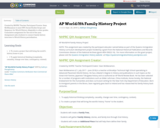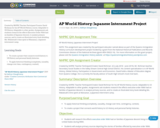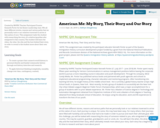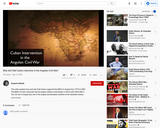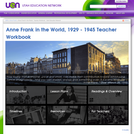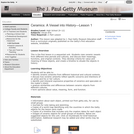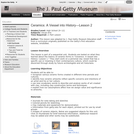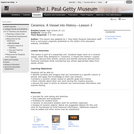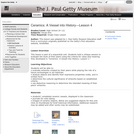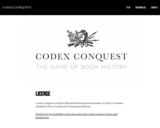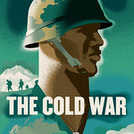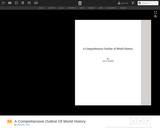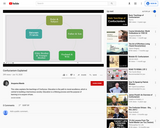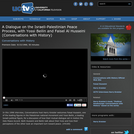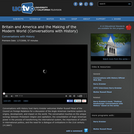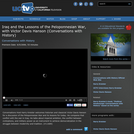
The exhibition 1492: AN ONGOING VOYAGE describes both pre- and post-contact America, as well as the Mediterranean world at the same time. Compelling questions are raised, such as: Who lived in the Americas before 1492? Who followed in the wake of Columbus? What was the effect of 1492 for Americans throughout the Western Hemisphere? The Library of Congress' Quincentenary exhibition addresses these questions, as well as other related themes, including fifteenth century European navigation, the myths and facts surrounding the figure of Columbus, and the differences and similarities between European and American world views at the time of contact.
- Subject:
- History
- U.S. History
- World History
- Material Type:
- Reading
- Provider:
- Library of Congress
- Date Added:
- 07/13/2000
